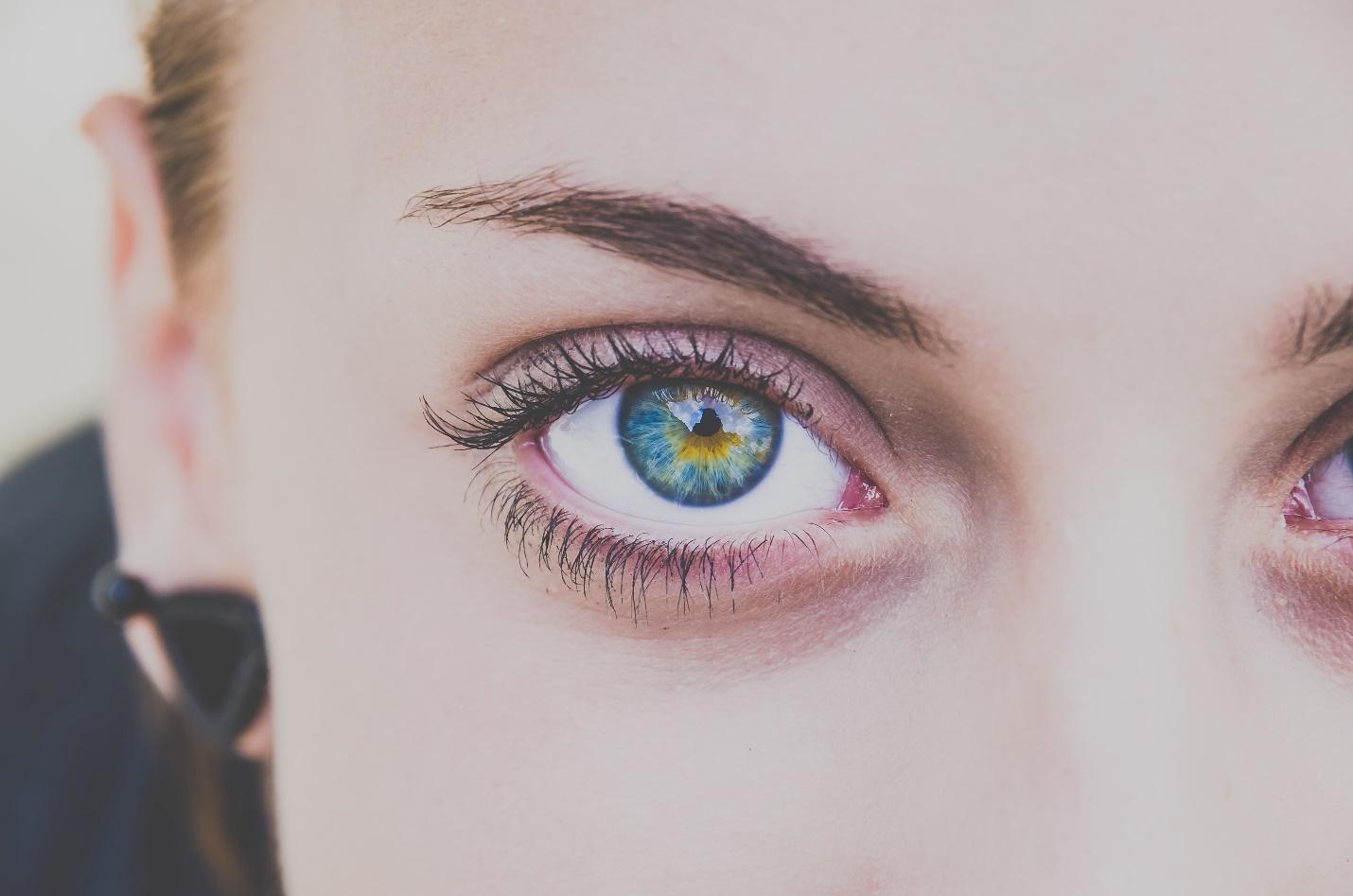As a popular cosmetic procedure, you can manage pain and recover better with a few tips on what to expect after surgery on your eyes. Your doctor will discuss the possible symptoms that may come with your surgery. One of the other questions is 'will I need any post-surgery touch ups after droopy eyelid surgery?'
What Is a Droopy Eyelid Surgical Procedure?
In adults, correction of eyelid droop is typically performed under local anesthesia as an outpatient procedure. Blepharoplasty surgery or eyelid ptosis repair involves locating the eyelid's crease and levator palpebrae superioris muscle and tightening them before reattaching them to the tarsal plate.
During the procedure, you must sit upright for the surgeon to adequately correct the symmetry of your eyelids. Eyelid ptosis or upper eyelid correction offers more challenges than blepharoplasty, removing extra eyelid tissue. However, both procedures should be performed by an experienced surgeon who specializes in ophthalmic plastic and reconstructive eye surgery.
Droopy surgery can be internal or external, as the surgeon is supposed to make an incision in the crease of your eyelid. After finding access to your eyelid's levator muscle, the surgical practitioner repositions or tightens it before reattaching to connective tissue. Your surgeon can also turn out the upper eyelid in internal ptosis repair surgery, where they'll either shorten the Mueller's or elevator muscles.
What Symptoms Should I Expect After Droopy Eyelid Procedure?
You won't see your desired results after eyelid ptosis or blepharoplasty droopy eyelid surgical procedure. Complete recovery often takes between seven and fourteen days, depending on your overall health, the number of incisions made, and skin quality.
Upper eyelid surgery takes a shorter time than lower eyelids, but you should embark on your regular schedule after two weeks. Typical post-op symptoms of droopy eye procedures to expect include:
Bruising
Surgery disrupts your blood vessel network underneath the skin. The skin turns from purple or pink to blue and then green or yellowish as healing occurs. Bruising after droopy surgery may take up to four weeks to fully clear.
Swelling
Your post-surgery eyelids will swell in the morning, clearing up a bit during the daytime due to fluid accumulation. The swelling will disappear after two or three weeks of your blepharoplasty or ptosis surgery.
Scarring
Scars after blepharoplasty aren't as visible since your surgeon makes incisions along the natural crease of your eyelid.
These are also shared symptoms of post-operative droopy surgery; your eyes will feel itchy and dry but also watery. There will be a reddish colouration, and it's common to experience mild pain with bruising and swelling.
Which Symptoms Necessitate any [Any] Post Surgery Touch Ups after Droopy Surgery?
Droopy surgery is highly specialized owing to the risks involved. Oculoplastic surgeons often perform ptosis and blepharoplasty surgery after gaining experience and going through medical school. They're also required to have undergone residencies in ophthalmology and eye surgery.
Your surgeon will always inform you of the risks involved with eyelid lifts before undergoing the procedure. Besides, an expert surgeon will review your droopy eye surgery recovery. If they're not satisfied will want to perform post-operative touch ups, especially if there's an occurrence of:
Excessive Ecchymosis and Edema
It's normal to have bruised, puffy eyelids after droopy surgery, but the extent depends on a patient's characteristics and the surgeon's technique. A surgeon will perform a post-operative touchup if these symptoms of Edema and ecchymosis increase with time.
Milia or White Bumps along the Incision Line
Your ophthalmic surgeon may want to remove keratin or skin flakes that become trapped under the skin's surface during a droopy eye procedure.
Post-Operative Wound Infections
Improper hygiene, misuse of post-surgery medicines, or a medical condition could cause infections in your incision. In severe cases, your eye surgeon will do a touch-up of the area before a treatment course of antibiotics.
Excessive Blood Loss
Sometimes, compression doesn't work to relieve bleeding due to lost blood vessels after droopy eye surgery. If your eyelids continue bleeding without stopping, it is cause for your surgeon to do a touchup procedure.
Obstructive Blepharo Scarring
Scarring can become overly noticeable or excessive enough to obscure eyesight and affect your eyelids' normal folding. In such a case, your ophthalmic surgeon will correct the folds with a post-surgery touchup.
Lagophthalmos after Upper Blepharoplasty
You'll need a post-op touchup if your eyelids cannot close fully when lagophthalmos is observed after droopy surgery. That's especially true if it occurs in the late recovery phase, as chances of improvement are less expected.
Altered or Blurred Vision
After droopy surgery, any impairment to your vision may require your surgeon to perform a post-operative touch up. A corrective procedure must be performed early to arrest any progressive alterations.
A Surgeon Will Determine If You'll Need Any Post-Surgery Touch Ups after Droopy Eyelid Surgery
Droopy eyelid surgery corrects the effects of sagging for cosmetic or functional benefits. In severe cases, bulging or overlapping eyelids may obscure vision, but mostly this elective procedure improves your facial appearance. Some patients consider the procedure less painful than tummy tucks, breast implants, or augmentation, but post-surgery touch ups could still be necessary. Find a surgeon who has a strong background in Ophthalmology to get the best results possible.
For Write For Us Health And Wellness you Blogs Guidelines read at linked page.





0 Comments